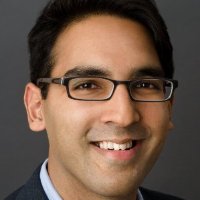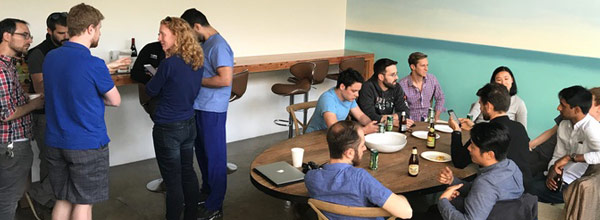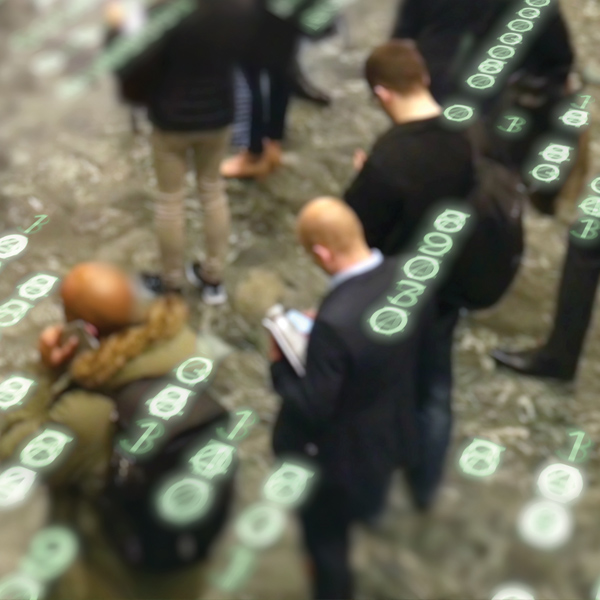
Having grown in the past four years from an idea to a movement with physicians from more than 70 countries, we are often asked: how do you do it? Why would busy doctors spend their free time contributing as volunteers to an open project?
Our answer is simple: we let doctors be doctors.
If you ask my fellow physicians why they went to medical school, almost all of them will tell you that they wanted to help people. And if you ask doctors to tell you what challenges them most about medical practice today, they will tell you about the layers of bureaucracy preventing them from helping people in a timely and effective manner.
If you dig even deeper, you’ll learn that doctors want to feel like they are part of something important, that they are continually getting better at their craft, and that they are making a tangible impact on their patients and their community. This is what the former head of the Institute of Healthcare Improvement, Maureen Bisognano, describes as the 3 M’s: Membership, Mastery, and Meaning.

At the Human Diagnosis Project, we built our online system with this purpose in mind: enabling doctors to do what they love. Within seconds of logging in, a doctor can see cases from his or her own community, train on and share teaching cases, or help a colleague with a patient in need of additional expertise.
We are exploring ways to add incentives for contributing, such as credits towards physician’s medical education, ongoing licensing, maintenance of certification requirements, and loan repayment. Also, we invest in making the core contribution experience better for our community. We do so by listening to our physicians, observing them as they make their daily rounds, and constantly iterating on and testing new versions of our software with them.
Our hope is that physicians contributing to the Human Diagnosis Project enjoy becoming part of something greater than themselves, pushing the boundaries of their expertise, and sharing their insights. And in doing so, they reignite the passion that brought them to medicine in the first place.

Providing virtual access to specialist medical care for underserved U.S. patients
Learn more about the Human Diagnosis Project ›




